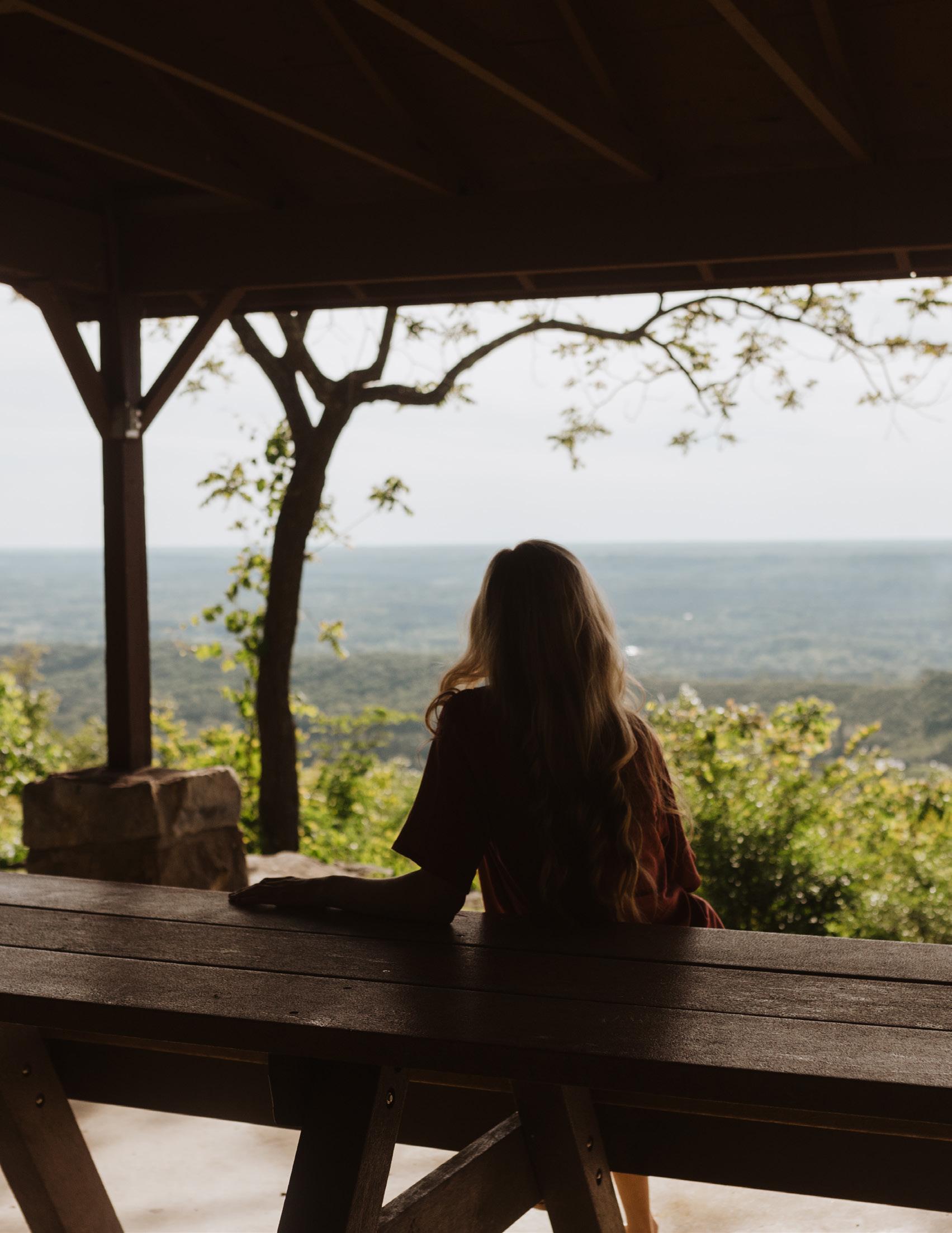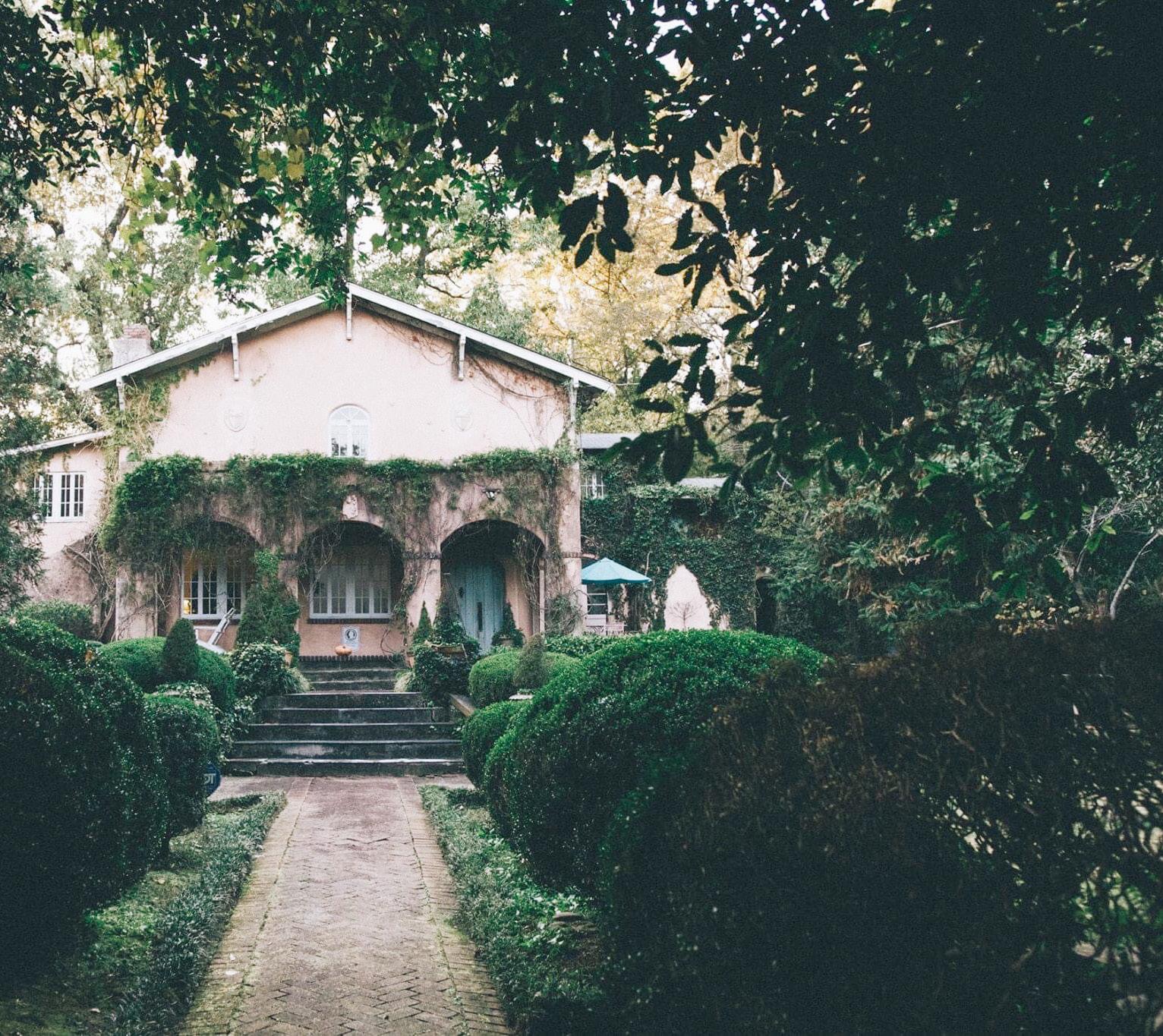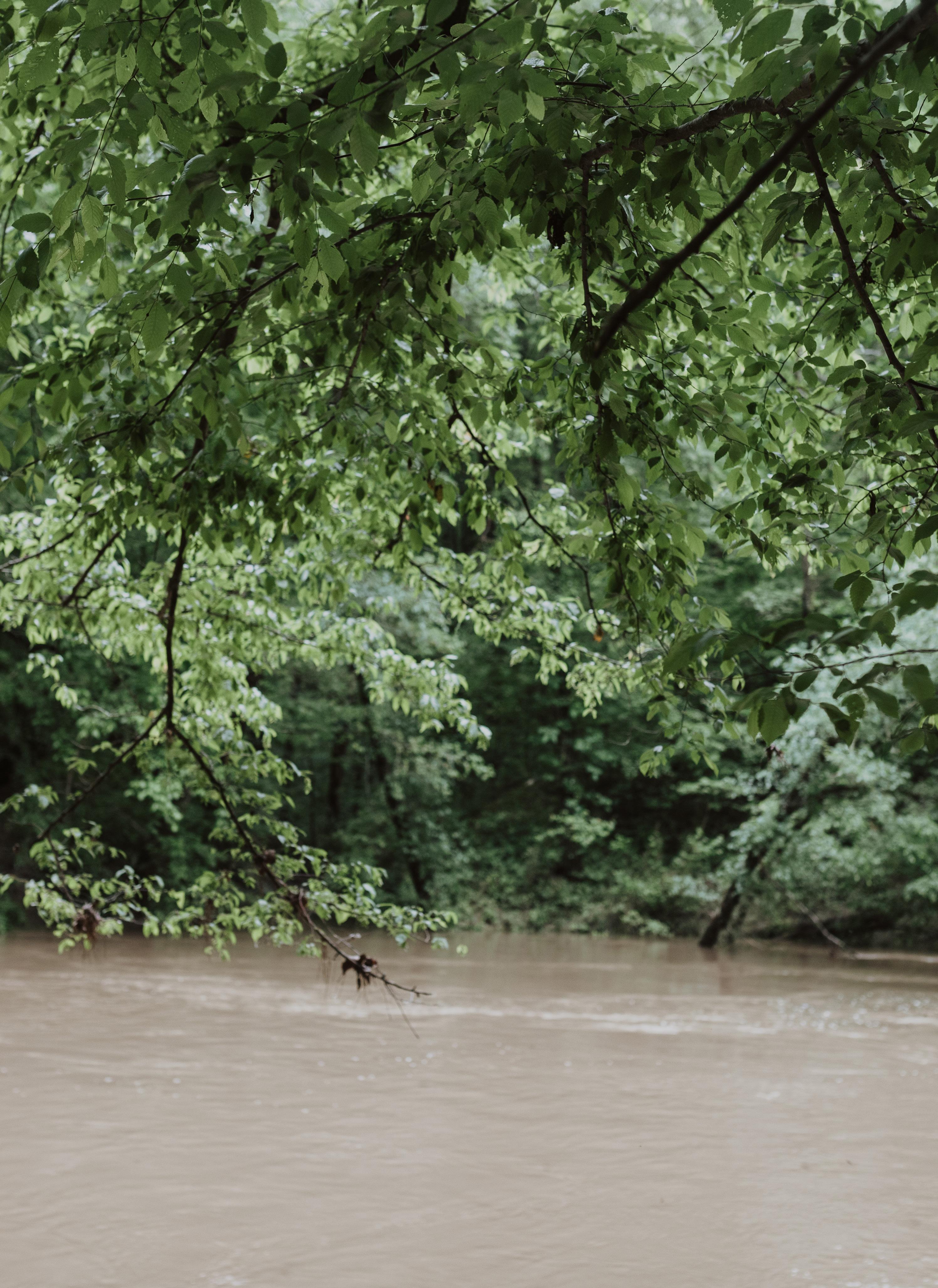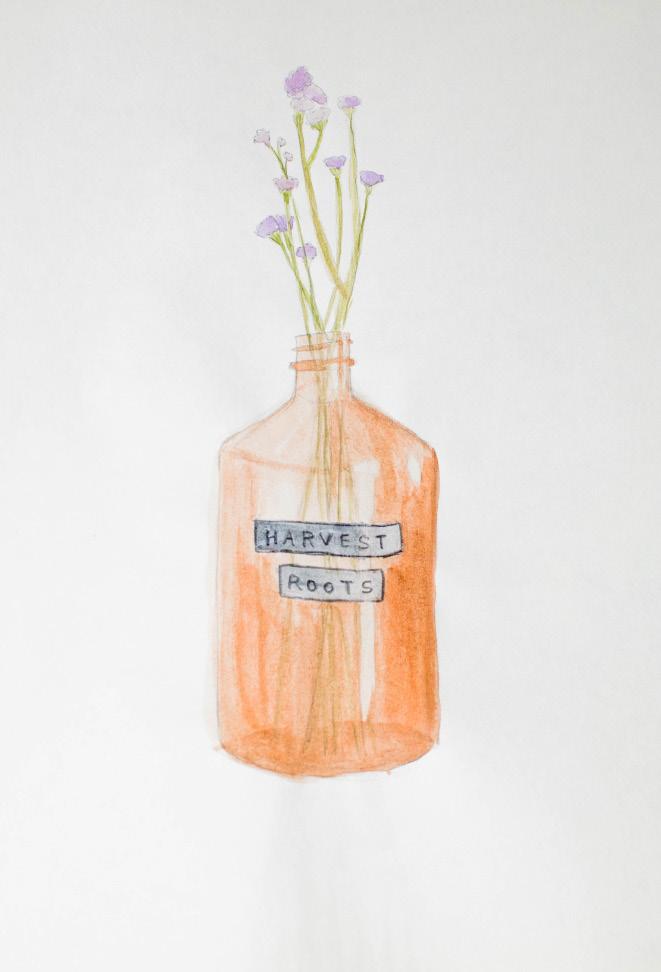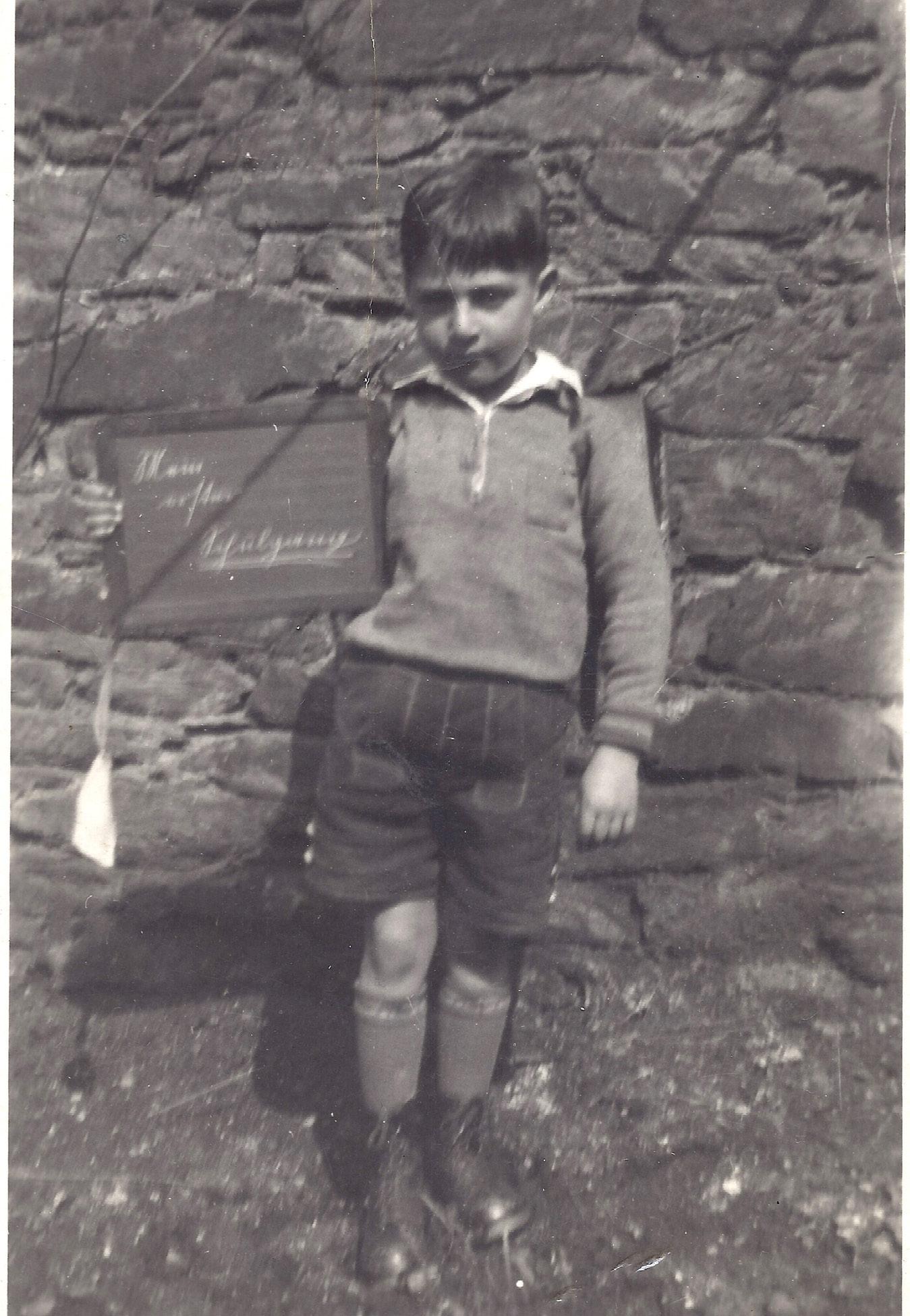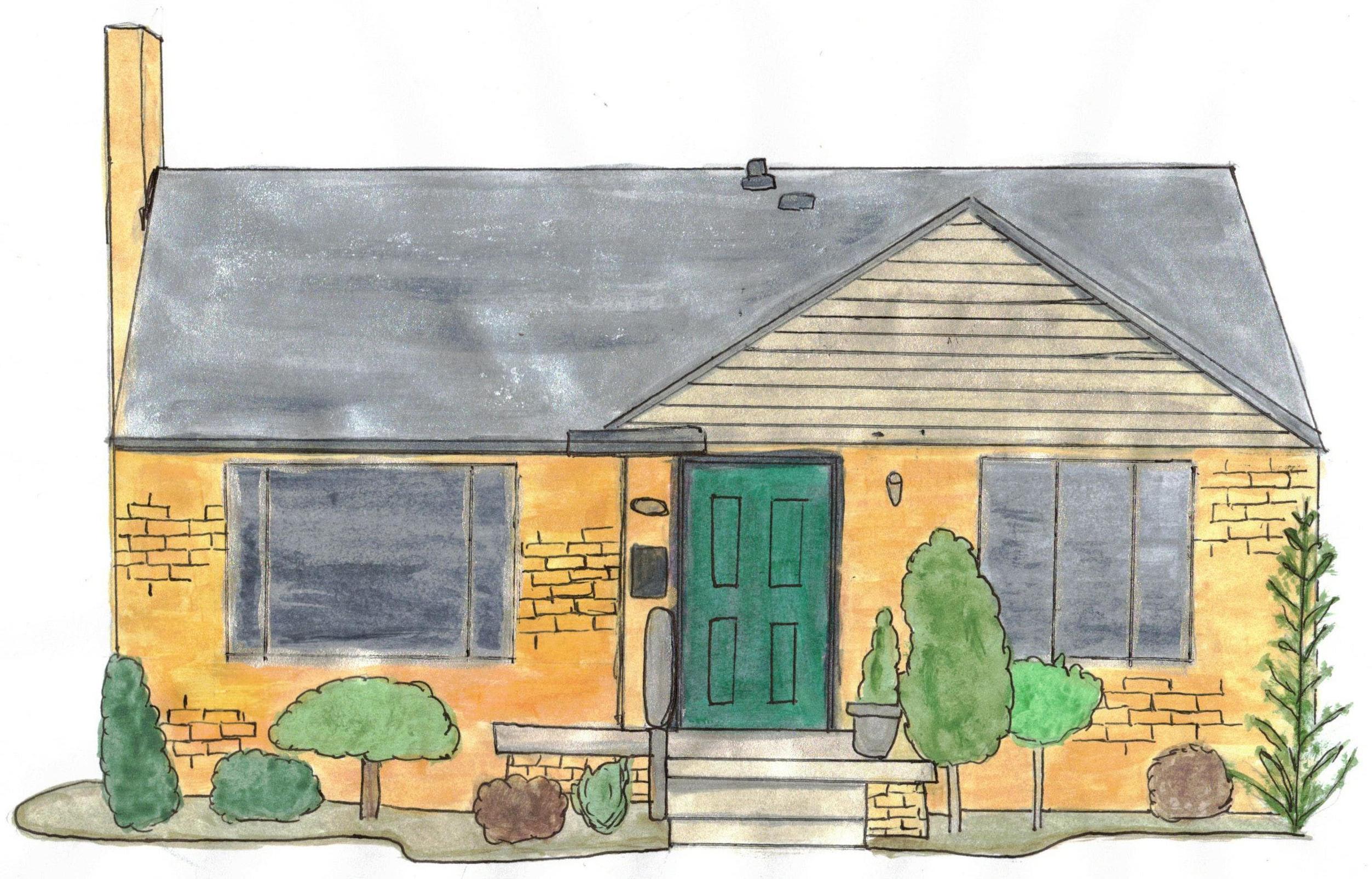
5 minute read
A MILD OBSESSION
Talent? No, none of that. Obsession and tenacity? That’s what Bob Tedrow is all about.
BY: KAITLYN BAKER
Advertisement
Bob Tedrow attributes his musical skill not so much to raw talent as to what he calls “mild obsession and tenacity.” When those two qualities are paired with a focused sense of direction, he says, you can learn to do almost anything. “I worked a lot to do simple things, because I’m just a regular person,” he says. “But I do sound like I have talent, and what I lack in talent I make up for in stage presence.” Tedrow credits his love for music to his grandmother, who was collegeaged in the 1920s. A jazz piano player and artist, she drove an MG TD sports car and made raisin cookies — “very good ones,” Tedrow says, and he still bakes them to this day. “I wanted to grow up to be an old lady for a long, long time, because she was the coolest person I knew. […] I didn’t think my dad was that cool, so I didn’t want to grow up to be like my dad. I wanted to grow up to be like my grandmother… which, I don’t know, maybe I did a little bit,” he wonders aloud. Tedrow’s grandmother taught him how to play the ukulele when he was just four years old, and that’s where it all began for him and musical instruments. Since then, he’s also learned to play the banjo, guitar, bass, clarinet, saxophone, harmonica and concertina — not to mention learning to build concertinas! Tedrow has been working with instruments and making music in Homewood, Alabama, for more than thirty years now. “We had a babysitter … and when she went to college, she gave my sister and I her 45 R.P.M. record player and her big stack of records,” Tedrow recalls. “I listened to the records and tried to play music and whatnot, and then I just never stopped. Now I’m 66 — I still like the records, I still like to play, I’m still trying to do it.” One thing Tedrow has become skilled at over the years is building concertinas, bellows-driven, free-reed musical instruments popular from the 1800s to the early 1900s. Once upon a time, he says, somebody gave him one as a gift. He knew he had seen it before, but he wasn’t sure where. Cartoons! That’s it. He had seen them in cartoons. Tedrow notes that Geppetto from Pinocchio plays one, and so does one of the dwarves from Snow White and the Seven Dwarves. “So I started researching it … and then I just decided, ‘Well, I’m going to spend as much time as it takes to learn to build this and see if I can make something that is useful and valuable.’ […] I have the ability to summon an obsession, okay?” he recalls, chuckling. “If I decide I want to do something, I think about it, and then I will learn to do it.” That’s what he did. He obsessed. He took apart a concertina. He looked around and saw how each piece had to be built. “There’s about a thousand parts in it, and there’s no directions,” Tedrow says. “Well, now there’s directions, because I put directions up [on the internet]. But I just had to figure it out. “If I dec de I want to do someth ng, I th nk about t, and then I w ll learn to do t.” —Bob Tedrow
As a child, his family moved around a lot so he was always the “new kid” from one town to the next. “I didn’t have a lot of friends, but I played music because I thought I was really good — of course I wasn’t,” he says. “I made a bunch of really bad concertinas,” he says. “And every time I made one, I learned a little bit and made a little-bit-better one. [...] I kept improving it over the course of 10 years. From the
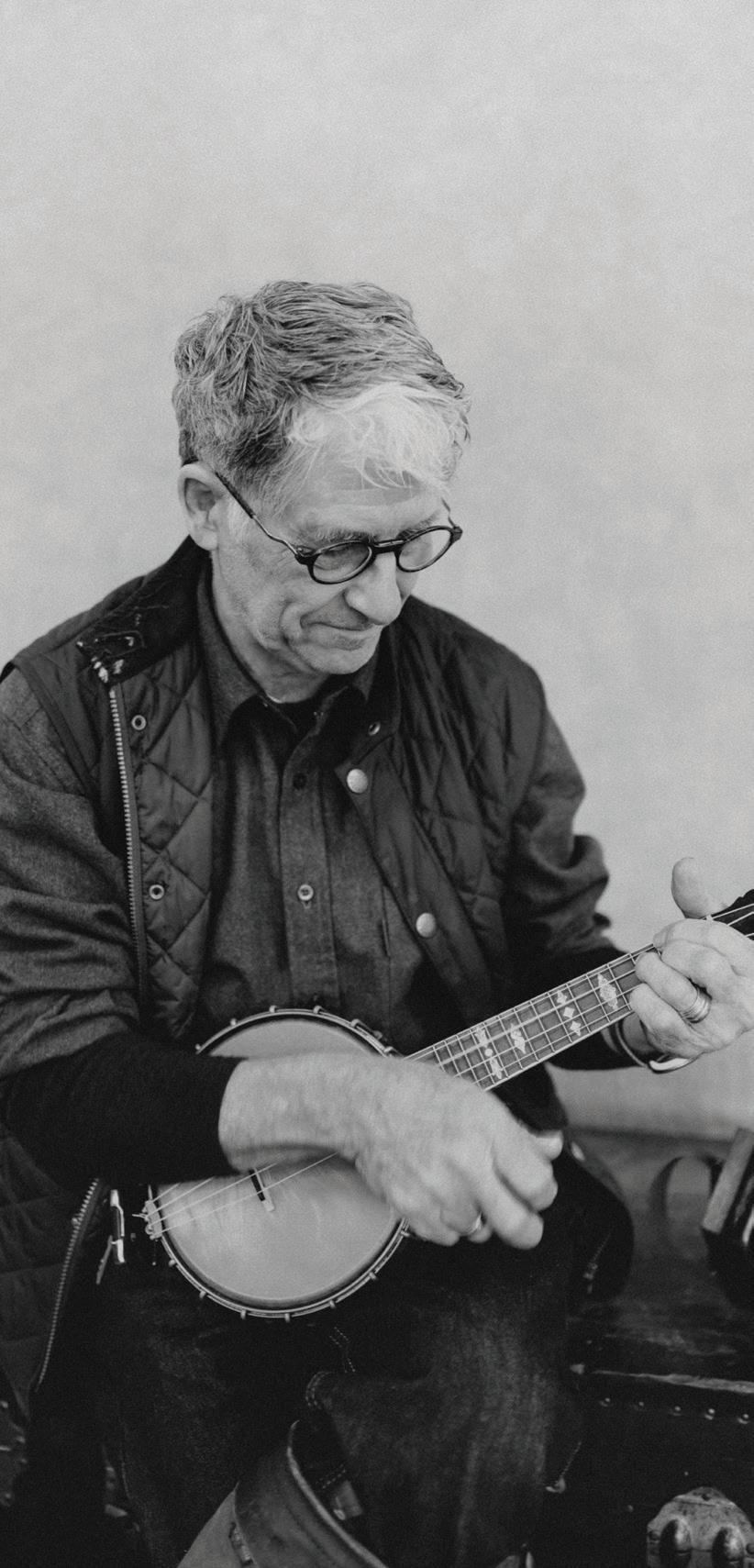
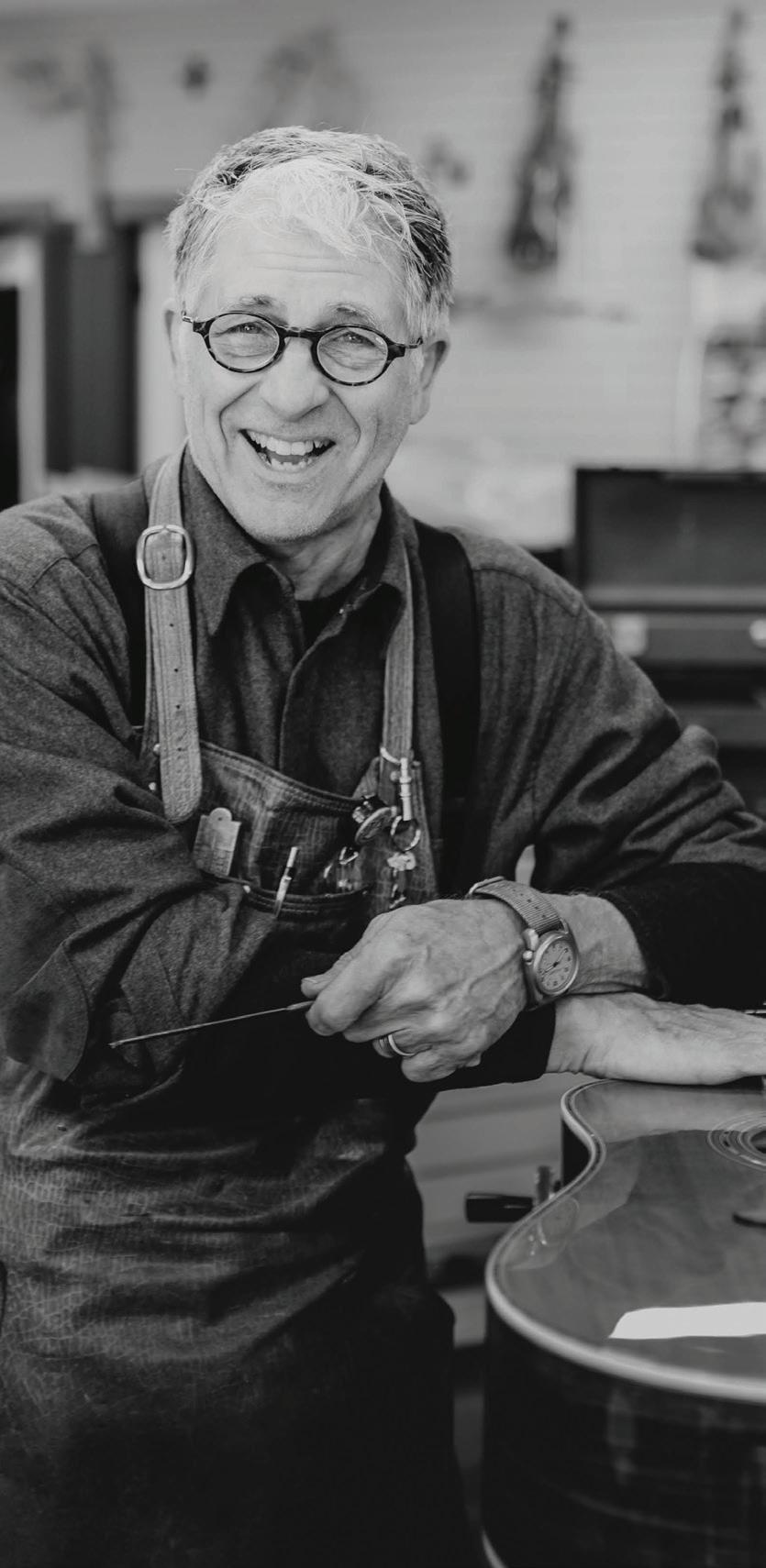
first time I ever made one, it was functional, but I’m talking about making one that I thought was really quite good. And then they have to be pretty, too.”
Each concertina requires about 50 hours of work — “tedious, butt-crunching benchwork,” Tedrow calls it. “The wood work has to be nice, the glue has to be right, and all the measuring has to be exactly right — you know, the button spacing, the levers.”
And it’s all done by hand. “You can’t buy any of the parts,” Tedrow says. “Every button, every leather strap — everything is all made by me, with the exception of the reeds.” He bought the reeds from Italy. He says he could have made them, but it takes about 10 hours to make just one, and there are 60 in a concertina. “So that was out,” he says.
He also learned to make the bellows, which are what supply air to the reeds and control the dynamics of the sound. “This was the hard part,” he says. “That’s all individual pieces of leather, all individual pieces of cardboard. And to make it do this,” — Tedrow
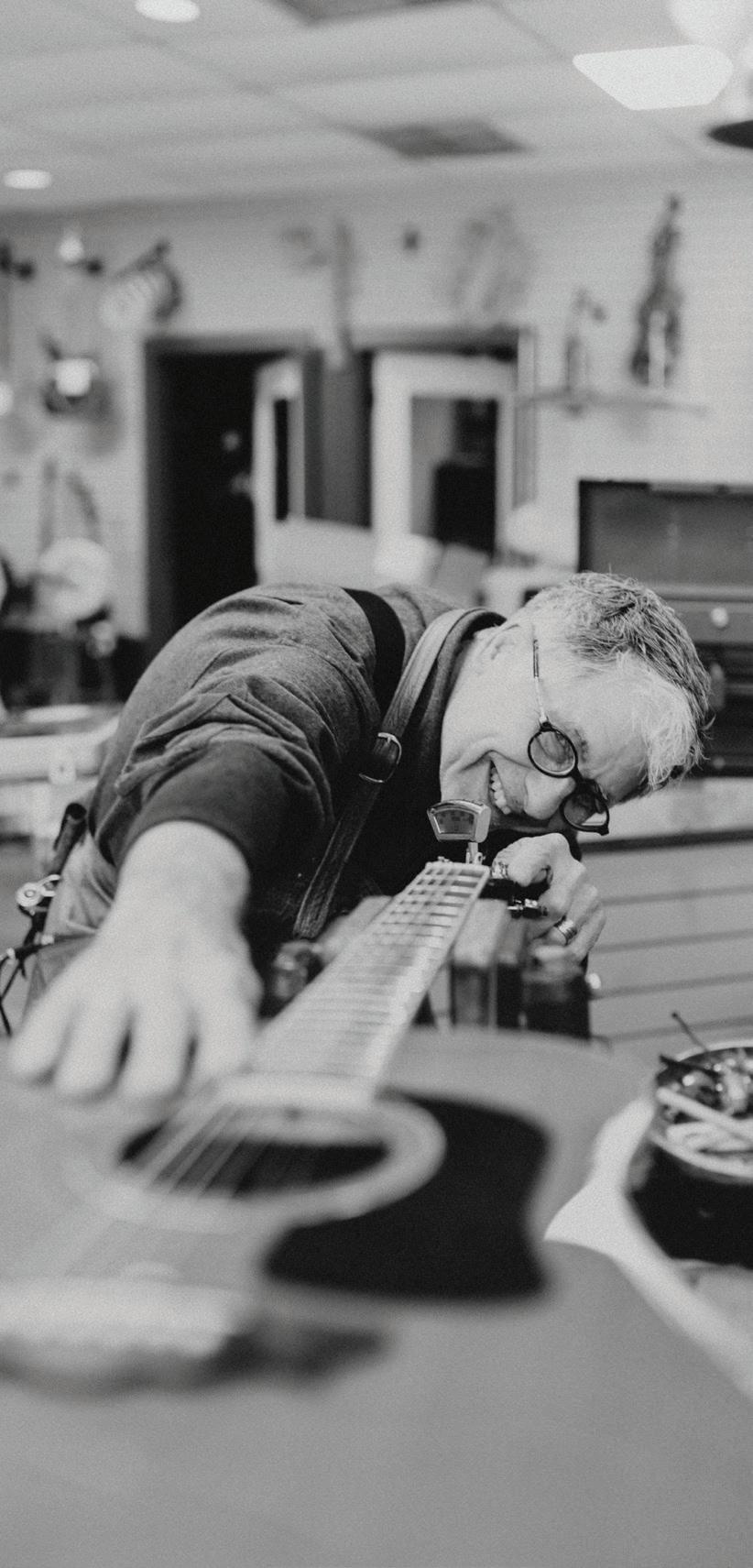
stretches the concertina out and then pulls it back in — “which is close all the way and open all the way and be airtight… I mean, it took me a long time to figure out.”
But in time, he figured it out. He made about a hundred, and they’re all over the world now. “Every continent, for sure,” Tedrow says. “I don’t get to go places, but these have gone places. Grand Ole Opry, Ireland, Germany, Antarctica, Africa — places I’ll never get to go, but these…” His voice trails off, and I think we both quietly wonder what songs the concertinas could write of the places they’ve been and the people they’ve met.
You never know where tenacity and a mild obsession might take you. Tedrow’s most recent endeavor is fishing. “Fly fishing,” he says. “It’s very interesting.” So if you see him around, all he wants to know is where the good fishing spots are.
On page 26, Bob Tedrow plays a concertina he made. Above, Tedrow plays and works on instruments at his shop, Homewood Music. Photos by Sarah Watlington


